What is Retatrutide
Retatrutide (LY-3437943) is an investigational, synthetic peptide developed by Eli Lilly. It is designed as a triple agonist of three key metabolic receptors: GLP-1 (glucagon-like peptide-1), GIP (glucose-dependent insulinotropic polypeptide), and glucagon receptors.
Mechanism of Action & Key Features
- By activating GLP-1, Retatrutide helps suppress appetite, slow gastric emptying, and improve insulin secretion.
- Activation of GIP further enhances insulin sensitivity and contributes to blood sugar control.
- The glucagon receptor component helps increase energy expenditure and fat oxidation, adding a potential fat-burning effect beyond what GLP-1/GIP alone provide.
- Structurally, it is a 39-amino acid peptide modified with a fatty diacid moiety, which extends its half-life and allows for once-weekly dosing.
Clinical Results & Potential Benefits
- In Phase 2 trials, participants with overweight or obesity achieved mean weight reductions of around 17.5% at 24 weeks.
- At higher doses and longer durations (48 weeks), weight reductions reached approximately 24.2%.
- Additional observed benefits include improved glycemic control, reduced insulin resistance, healthier lipid profiles, and possible reductions in liver fat (which may support liver health).
Administration & Status
- Retatrutide is administered via subcutaneous injection, once weekly.
- It is currently in late-stage clinical development for the treatment of obesity and type 2 diabetes.
Safety & Considerations
- The most common side effects reported are gastrointestinal issues such as nausea, vomiting, and diarrhea, particularly at higher doses.
- Long-term safety in diverse populations is still under investigation, and regulatory approval is pending.

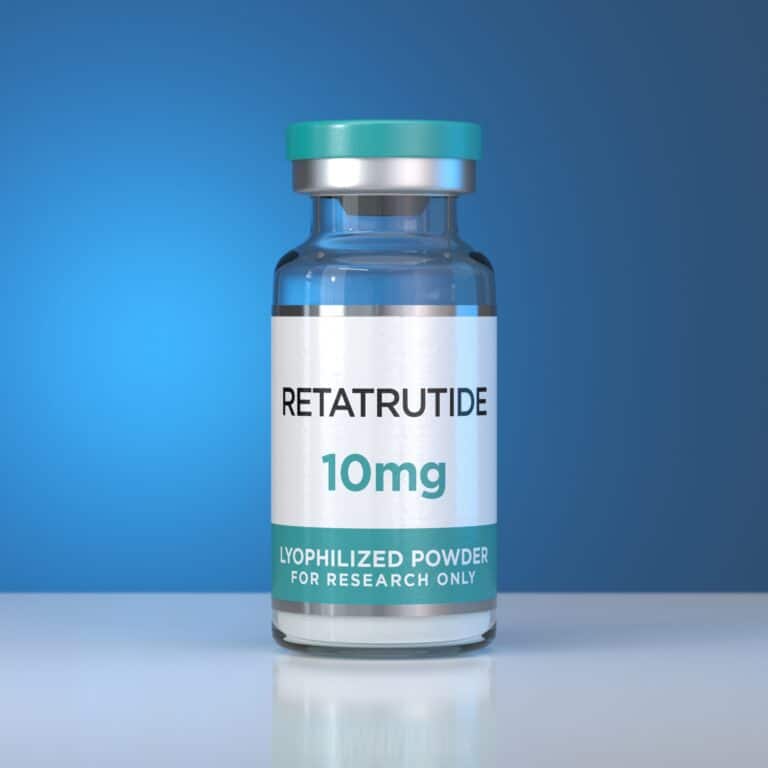
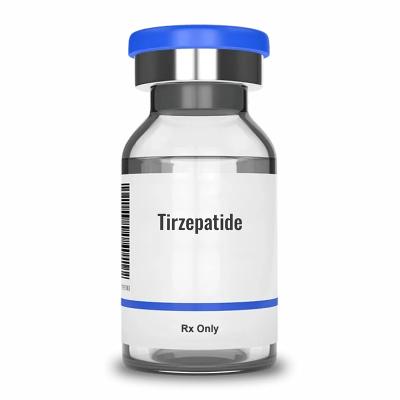
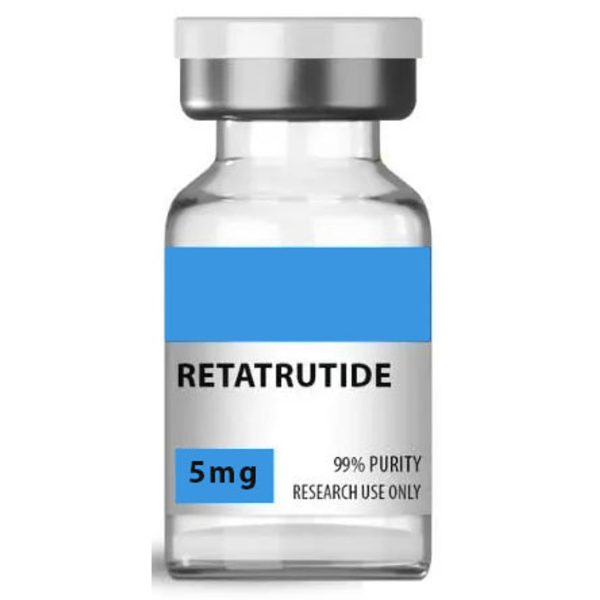
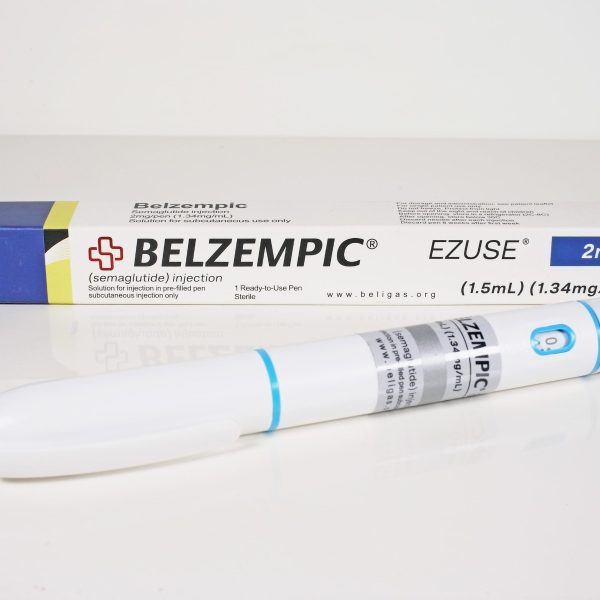
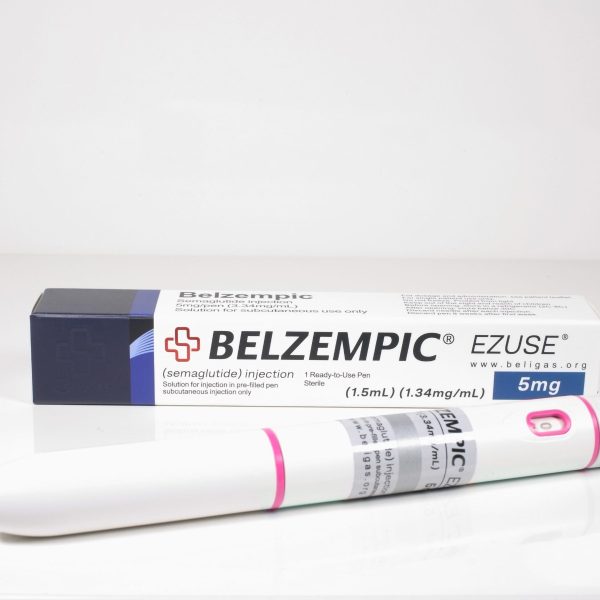
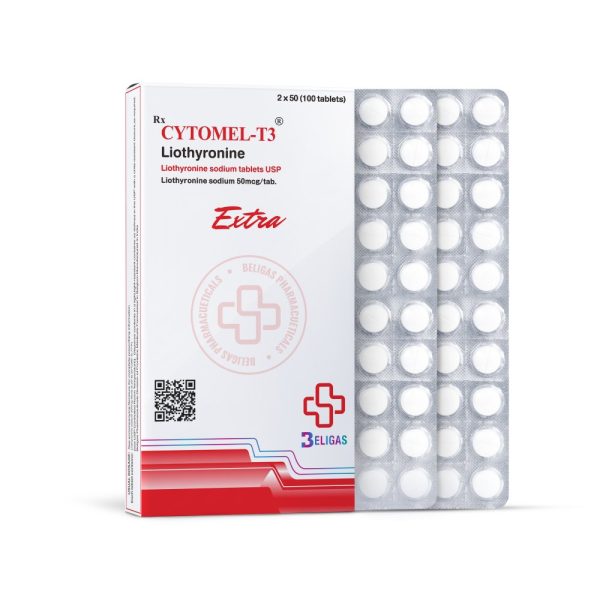

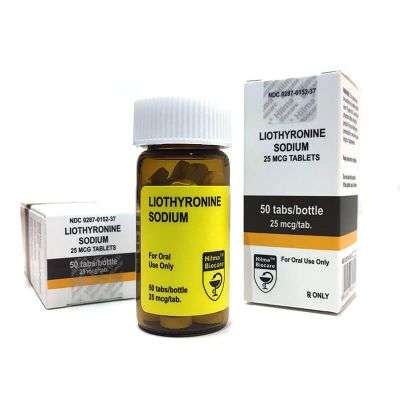
Reviews
There are no reviews yet.